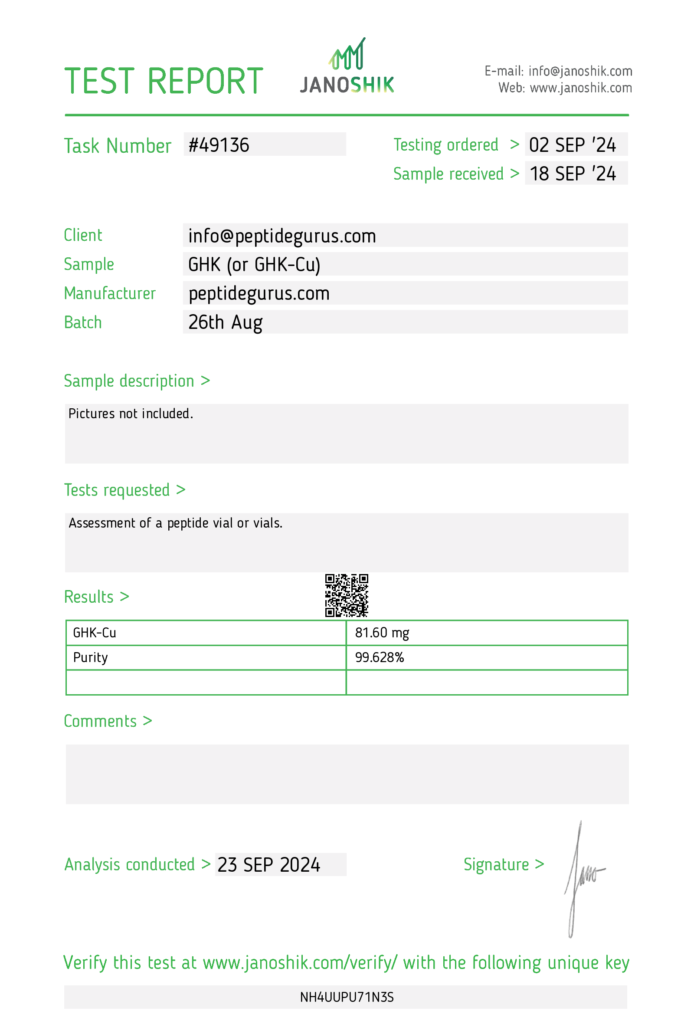


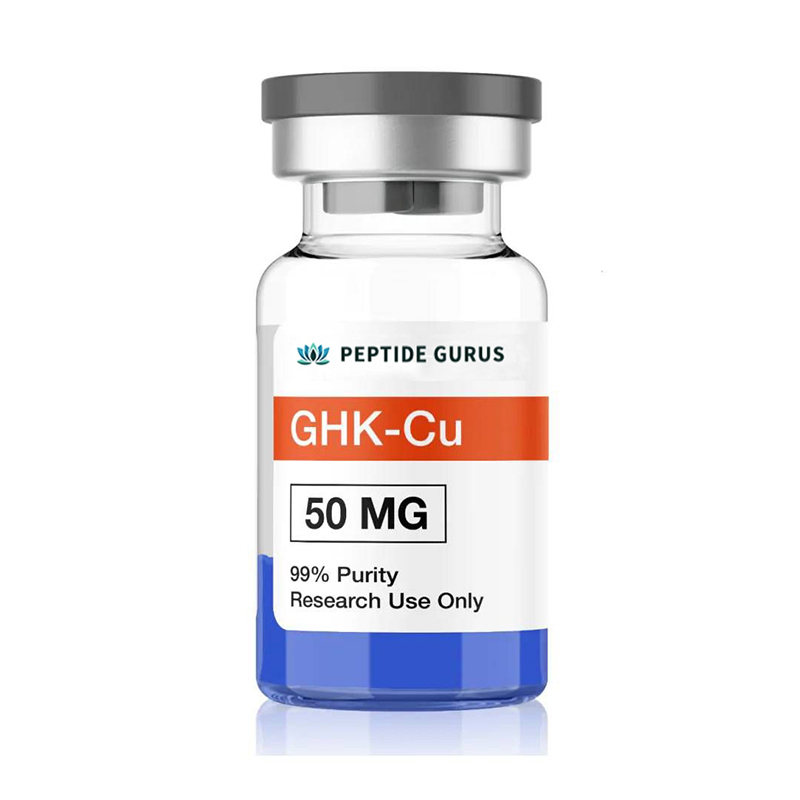

Thể loại:Peptide hoàn thành sản phẩm, Peptide và liều lượng của chúng
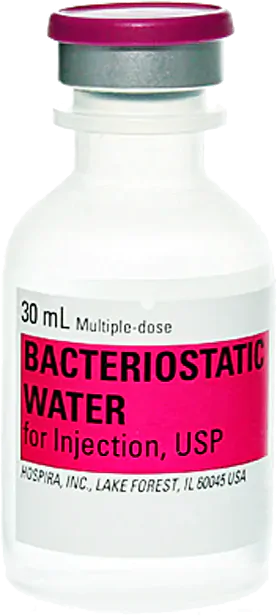
MIỄN PHÍ (1) 30 ml nước vi khuẩn
với các đơn đặt hàng đủ điều kiện$ 500 USD.
(Không bao gồm các sản phẩm viên nang, peptide mỹ phẩm, mã khuyến mãi và vận chuyển)
GHK-CIlà một peptide tự nhiên trong huyết tương người, nước tiểu và nước bọt. Nghiên cứu ở động vật cho thấy GHK-CU có thể cải thiện việc chữa lành vết thương, chức năng miễn dịch và sức khỏe da bằng cách kích thích collagen, nguyên bào sợi và thúc đẩy sự phát triển của mạch máu. Đã có bằng chứng cho thấy nó hoạt động như một tín hiệu phản hồi được tạo ra sau chấn thương mô. Nó cũng ngăn chặn thiệt hại gốc tự do và do đó là một chất chống oxy hóa mạnh.
Sử dụng sản phẩm:Sản phẩm này chỉ nhằm mục đích hóa chất nghiên cứu.Chỉ định này cho phép sử dụng các hóa chất nghiên cứu hoàn toàn cho thử nghiệm in vitro và thử nghiệm trong phòng thí nghiệm. Tất cả thông tin sản phẩm có sẵn trên trang web này chỉ dành cho mục đích giáo dục. Việc giới thiệu cơ thể của bất kỳ loại nào vào người hoặc động vật đều bị cấm theo luật pháp. Sản phẩm này chỉ nên được xử lý bởi các chuyên gia được cấp phép, có trình độ. Sản phẩm này không phải là một loại thuốc, thực phẩm, hoặc mỹ phẩm và có thể không bị sai lệch, sử dụng sai hoặc sai là thuốc, thực phẩm hoặc mỹ phẩm.
GHK-Cu là một peptide tự nhiên đầu tiên được phân lập từ huyết tương người. Nó đã được xác định trong nước tiểu và nước bọt là tốt. Nghiên cứu về GHK-CU đã tìm thấy peptide ngắn có lợi ích đáng kể trong việc chữa lành vết thương và chức năng miễn dịch. Nó có đặc tính chống lão hóa và đã được tìm thấy để ngăn chặn thiệt hại gốc tự do, tăng tổng hợp protein, chống vi khuẩn và tăng sức khỏe của nguyên bào sợi da và da.
Sự liên tiếp:Gly-His-Lys.cu.xhac
Công thức phân tử:C14H23CUN6O4
Trọng lượng phân tử:340.384 g/mol
PubChem CID: 73587
Số CAS:89030-95-5
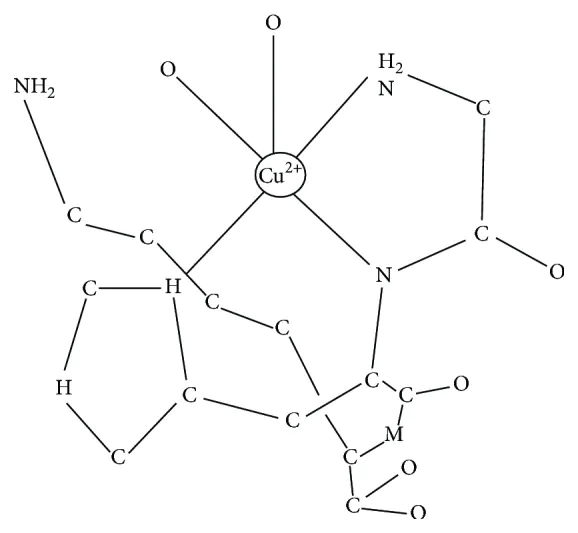
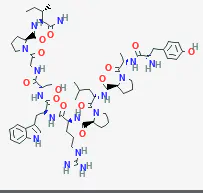
GHK-Cu là một phần tự nhiên của máu người và, như vậy, đã được tìm thấy đóng vai trò không thể thiếu trong các con đường tái tạo da. Nghiên cứu trong nuôi cấy da đã phát hiện ra rằng GHK kích thích sự tổng hợp và phân hủy collagen, glycosaminoglycans và các thành phần ma trận ngoại bào khác như proteoglycans và chondroitin sulfate. Ít nhất là một phần của hiệu ứng này được trung gian thông qua các lợi ích tuyển dụng tích cực mà GHK-Cu có trên nguyên bào sợi, tế bào miễn dịch và tế bào nội mô. Peptide thu hút các tế bào này đến vị trí chấn thương và dường như phối hợp hoạt động của chúng trong việc sửa chữa thiệt hại[1].
GHK-Cu is a common component of skin-care and cosmetic products. It improves elasticity of the skin while tightening and firming. It has also been shown to reduce damage due to sunlight, reduce hyperpigmentation, and reduce the appearance of fine lines and wrinkles[1]. The ability of GHK-Cu to modulate collagen synthesis is important in reducing the appearance of scars, preventing hypertrophic healing from taking place, smoothing rough skin, and repair the structure of aged skin. These roles of GHK-Cu are mediated partly though its ability to boost levels of transforming growth factor-Β[2]. It is likely that the peptide works through several different biochemical pathways and that it has effects and the level of gene transcription[3].
Research in mice shows that GHK-Cu increases the rate of healing following burn by as much as 33%. It appears that besides recruiting immune cells and fibroblasts to the site of injury, GHK-Cu also encourages the growth of blood vessels[4]. Burned skin is often slow to regrow blood vessels due the cauterization effect, so these findings open up a new pathway for improving wound care in burn units and accelerating healing.
The invasion of tissue by foreign pathogens is one of the primary reasons that wounds are slow to heal or do not heal at all. Bacterial and fungal infections are particularly problematic in burn patients and in those with compromised immune systems (e.g. diabetes, HIV). GHK-Cu, when combined with certain fatty acids, creates a potent antimicrobial compound that is active against a number of bacteria and fungi known to complicate wound healing[5].
Research in diabetic patients has shown that GHK-Cu is superior to standard care regimens alone in the treatment of diabetic ulcers. Patients given both standard care and GHK-Cu showed a ~40% increase in wound closure and a 27% decrease in rates of infection compared to control groups[6]. Similar results were seen in patients with ischemic open wounds[7].
The death of neurons due to degenerative diseases like Alzheimer’s is poorly understood. This makes it difficult to develop treatments and those that are available are generally of limited efficacy. Research, however, suggests that GHK-Cu can counter the age-associated decline in neuron function that often underlies these diseases. Research shows that GHK-Cu can improve angiogenesis in the nervous system, boost nerve outgrowth, and reduce inflammation in the central nervous system. There is even evidence that GHK-Cu can reset pathological gene expression and help to recreate a state of health in dysfunctional systems[8].
GHK-Cu is found in high concentrations in the brain, though levels of the peptide decline with age. There is a thought, among scientists, that GHK-Cu may protect nervous system tissues against natural insults such as gene dysregulation and that it is the decline in GHK-Cu with age, and not the onset of new disease processes, that actually leads to neurodegeneration.
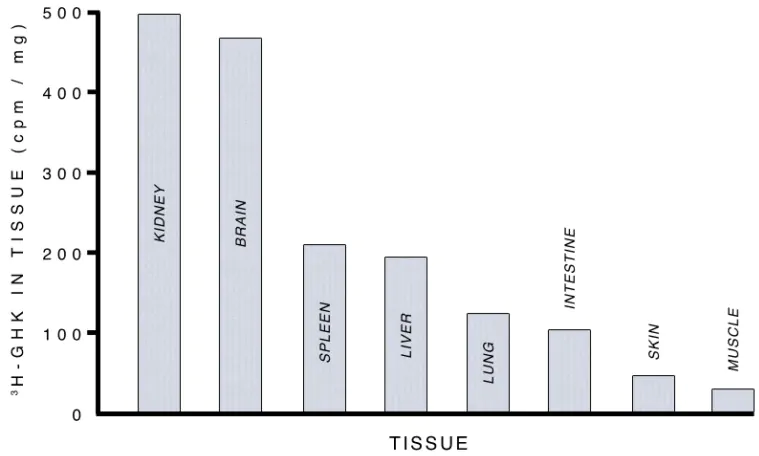
GHK-Cu Levels in various tissues
Source: PubMed
Research in rats indicates that one possible mechanism by which GHK-Cu protects brain tissue is by preventing apoptosis. This action appears to be mediated through the well-known miR-339-59/VEGFA pathway, which is active following brain bleeds and stroke. In the rat models, GHK-Cu improves neurological deficits in the brain, reduce swelling, and inhibited the death of neurons that is commonly bought about by overexpression of miR-339-5p[9].
Research in mice shows that GHK-Cu can protect the lungs against fibrosis that occurs following therapy with the cancer drug bleomycin[10]. This could pave the way for using GHK-Cu as a chemotherapy adjuvant that allows doses of these life-saving medications to be increased without risk of increased side effects. The study when a step farther, than usual, by identifying the likely pathway by which GHKC-Cu protects against fibrosis. It appears that the peptide regulations TNF-alpha dn IL-6 levels, both of which act as inflammatory molecules and affect the extracellular matrix and smooth muscle of the lung. By reducing inflammation in the lungs, GHK-Cu prevents fibrotic remodeling from taking place and improves collagen deposition.
Similar benefit of GHK-Cu in protecting lungs was found in mouse models of acute respiratory distress syndrome (ARDS), an inflammatory lung condition that can develop rapidly and be fatal. ARDS is associated with injury, infection, and certain drugs like those used in chemotherapy. Once again, GHK-Cu appeared to mediate its effects through decreased TNF-alpha and IL-6 expression[11].
In rat models, the administration of GHK-Cu had a dose-dependent effect on pain-induced behavior. The peptide appears to have analgesic effects that are produced through increased levels of the natural painkiller L-lysine[12]. Similar research has found that the peptide can also increase levels of L-arginine, another analgesic amino acid[13]. These findings open up new avenues for pain control that do not rely on addictive opiate medications or NSAIDs, which have been found to have negative effects on the heart.
GHK-Cu exhibits minimal side effects, low oral and excellent subcutaneous bioavailability in mice. Per kg dosage in mice does not scale to humans. GHK-Cu for sale at
The above literature was researched, edited and organized by Dr. Logan, M.D. Dr. Logan holds a doctorate degree from Case Western Reserve University School of Medicine and a B.S. in molecular biology.
Loren Pickart, Ph.D. has released 109 publications and is developing patents and analyzing GHK’s effects on human gene expression of 4,192 genes. In addition to GHK’s published potential uses on skin inflammation, metastatic cancer and COPD, it appears to have beneficial effects on other tissue systems such as the nervous system, gastrointestinal system, and mitochondrial system. His brief but detailed autobiography dives into the motivations and background behind his dedicating to skin, anti-aging, and life-long training.
Loren Pickart, Ph.D is being referenced as one of the leading scientists involved in the research and development of GHK-Cu. In no way is this doctor/scientist endorsing or advocating the purchase, sale, or use of this product for any reason. There is no affiliation or relationship, implied or otherwise, between
ALL ARTICLES AND PRODUCT INFORMATION PROVIDED ON THIS WEBSITE ARE FOR INFORMATONAL AND EDUCATIONAL PURPOSES ONLY.
The products offered on this website are furnished for in-vitro studies only. In-vitro studies (Latin: in glass) are performed outside of the body. These products are not medicines or drugs and have not been approved by the FDA to prevent, treat or cure any medical condition, ailment or disease. Bodily introduction of any kind into humans or animals is strictly forbidden by law.
PeptideGurus is a leading supplier of American-made research peptides, offering top-quality products at competitive prices. With a focus on excellence and customer service, they ensure a secure and convenient ordering process with global shipping.
CONTACT